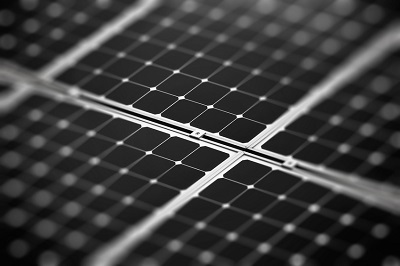The Future of Aircrafts: The Solar Impulse Project
As seasoned adventurers, both Bertrand Piccard and André Borschberg have the experience for the job. In 1999, Piccard made the first successful non-stop balloon flight around the world. Borschberg knows how to deal with adverse conditions; as a former Swiss Air Force fighter pilot, he’d brushed up with death through a helicopter crash and an avalanche.
Record Breaking Prototype
The Solar Impulse Project was initiated in 2003 by Bertrand Piccard. He undertook a feasibility study in partnership with the École Polytechnique Fédérale de Lausanne. The following couple of years saw them develop their concept before simulating long-haul flights in 2006.
The first prototype, Solar Impulse 1, was built between 2006 and 2009. Both manned test flights and test flights through Europe and North Africa were conducted from 2009 to 2012. From these rigorous tests, Solar Impulse 2 was constructed in order to bring Borschberg and Piccard’s vision to life.
This Swiss experimental solar-powered aircraft is led by Swiss psychiatrist and aeronaut Bertrand Piccard, and Swiss engineer André Borschberg. The goal of Solar Impulse was to be the first to circumnavigate the Earth with a fixed-wing aircraft that is completely solar-powered. Bringing attention to clean technologies was another goal.
Solar Impulse 1, the prototype, could stay airborne for up to 36 hours and, in 2010, it flew a total of 26 hours. Other successful flights, like the first international flight by Solar Impulse in 2011, were conducted from Switzerland to Spain and to Morocco in 2012. A multi-state flight across the United States was successfully conducted in 2013.
